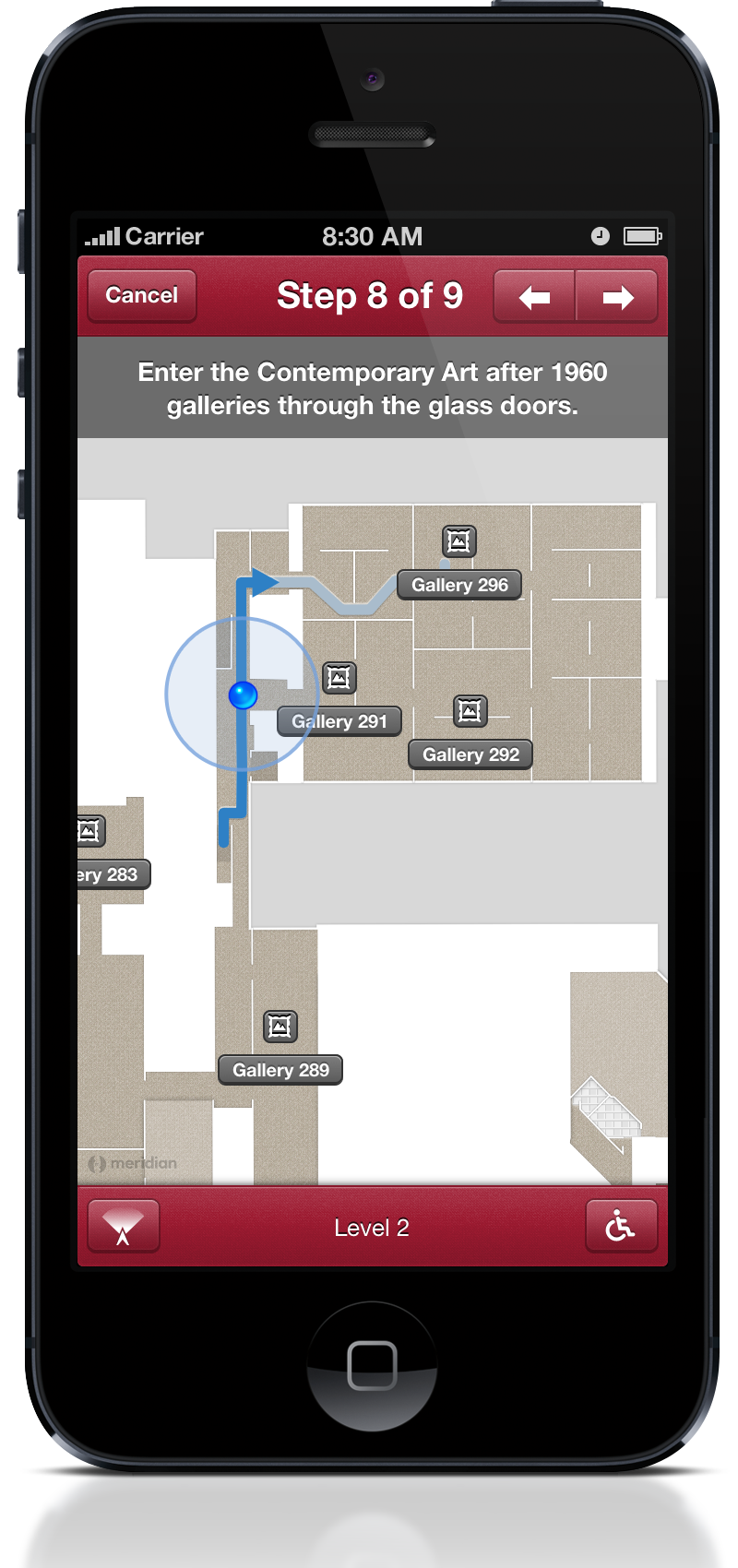A collaborative website—The Story of the Beautiful: Freer, Whistler, and Their Points of Contact—between the Smithsonian’s Freer Gallery of Art and Wayne State University presents a virtual tour of James McNeil Whistler (1834–1903)’s Peacock Room. Users are given the option to visit the room as it existed in London in 1876 or as it appeared after Charles Lang Freer moved the room to Detroit and reassembled it there in 1908. In addition to panning through the 3D interior space of the room, users can click on individual objects for more information as well as supplementary content including maps, timelines, and archival material from the Charles Lang Freer Papers. The team behind the website describes their project:
The site thus functions both as a digital archive and as an immersive virtual environment in which users can explore the room, learn about the objects it has contained, and see how the places and faces associated with the room contributed to its history. Anchored by the two virtual tours, the site offers users a deeply contextualized way to navigate the collections: some 400 digital objects, among them the room itself, the objects it has contained, as well as archival materials such as photographs, bills of sale, and correspondence.
In addition to exploring the Peacock Room virtually, users can browse the obects in the collection and digitized content from the archives separately. For more information, visit the website.
Via ArtDaily.
